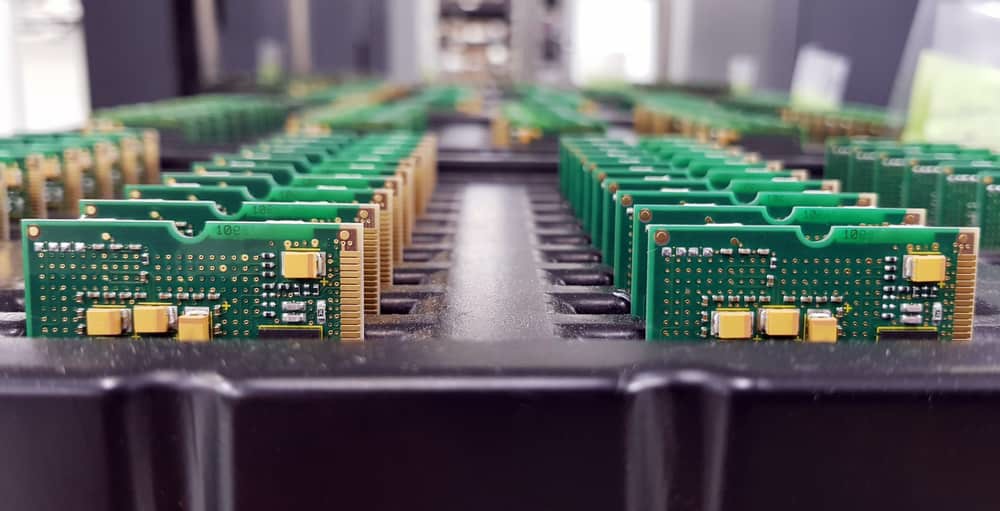PCB vias' plugging is a common problem encountered during production. For example, a manufacturer may ask a customer what type of hole-plugging method they have chosen. What are the common materials used for hole plugging?
1. Ink
Generally speaking, the use of ink to fill through holes is called ink plugging, which is one of the most common plugging options. When the PCB performance requirements for hole plugging are not strict, usually the default use of ink hole plugging, the use of ink for hole plugging, will not affect the PCB production lead time, in addition to the cost is relatively low.
2. Resin
If the PCB performance requirements for plugging holes a strict way, the designer will usually explain to the manufacturer plug holes in the material to use resin and finished plug holes asper the requirements of IPC4761 Type 7 control. For blind buried holes in HDI boards, the use of resin for hole plugging is a basic condition, in addition, for holes in the pad PCB design, it is recommended that the use of resin hole plugging. Because the resin hole plugging process is a process of grinding, after the completion of plugging holes will not be like ink plug holes have depressions (dimples), flat pads are more conducive to the subsequent placement of components, both components of the surface mounting method (surface mounting technology).
3. Copper paste
When the PCB through-hole on the thermal conductivity of higher demand, usually choose copper paste plug holes, copper paste can improve thermal conductivity and heat dissipation performance, suitable for carrying high power and high current PCB.
4. Aluminum
Aluminum is a special hole plugging material, used to seal the plug hole to prevent the flow of tin during the soldering process.
![]()

Surface mount technology (SMT) has an important position in electronic manufacturing, the requirements of which mainly cover the selection of components, positional accuracy, soldering quality, and the corresponding process flow, the requirements to ensure the reliability and performance of electronic products to meet the needs of modern electronic equipment for high density and miniaturization. The process flow of surface mount technology generally includes preparing components, mounting components, and performing soldering. First, small chips and other electronic components need to be ready to ensure that they are intact. Next, during the placement process, specialized equipment should be used to ensure component accuracy and soldering consistency. After the placement is completed, the soldering quality is the key to evaluating the success or failure of the surface mount technology. All mounted components must be intact, the solder joints should be uniform and full, and there should be no false soldering or short-circuiting on the soldered ends or pins.
If the surface of the pads is not flat, it may lead to poor SMT results. Therefore, for VIA on PADs' PCBs, special attention should be paid to the way of plugging holes, otherwise it will affect the effect of component assembly.